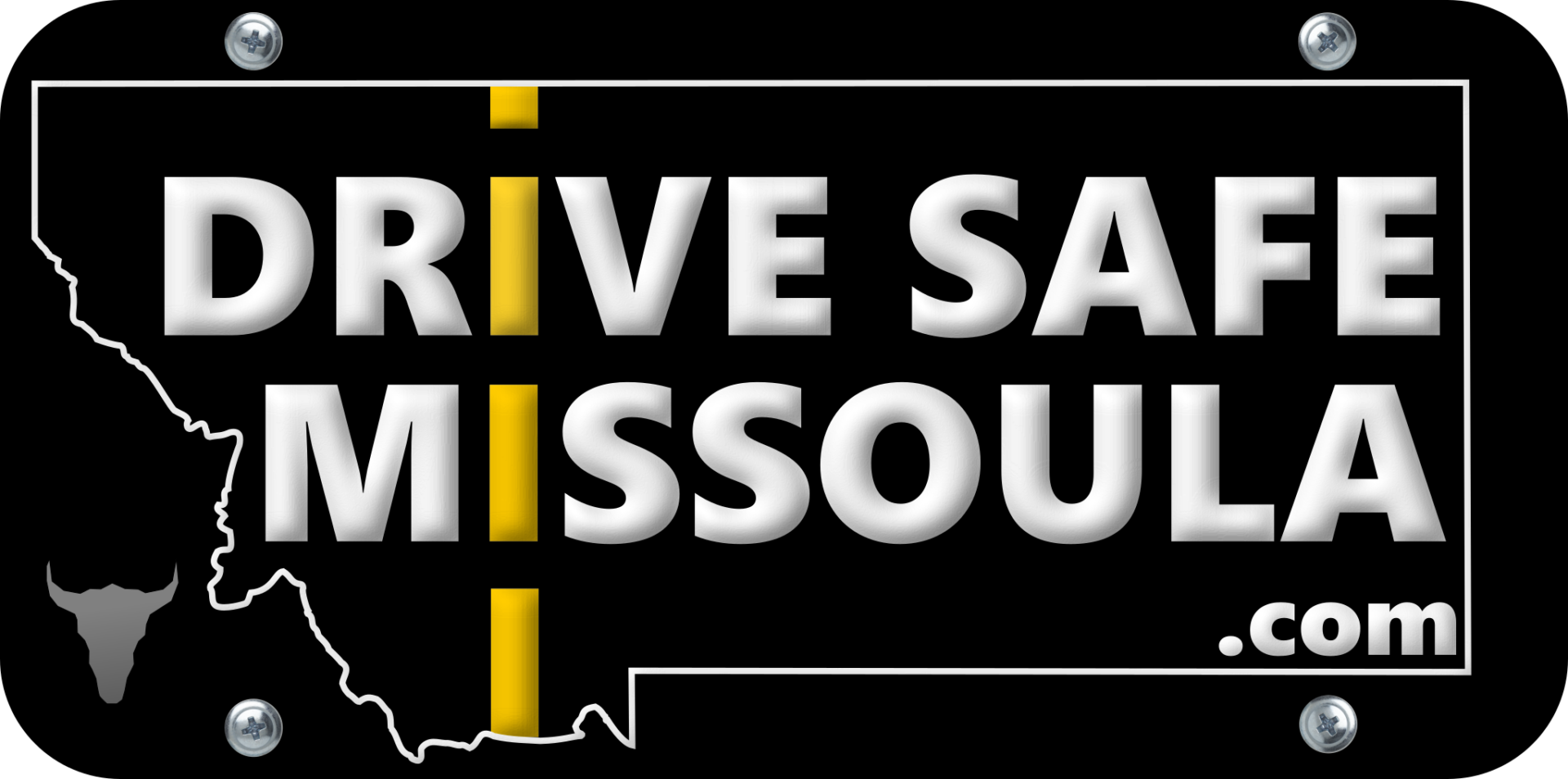You’ve likely heard this saying, “The best offense is a good defense,” before, and you likely never thought much about this saying outside of a sports environment, but I’d like to highlight the life-saving aspects of such a saying.
During the recent Western Montana Fair, I likely spoke with 500+ people at the “Respect The Cage” exhibit about the importance of driving 100% sober 100% of the time and wearing a seat belt. The exhibit is a display of a local crash that occurred on Mullan Road about 14 years ago. It was on display so we, as a community, could learn from the mistakes that resulted in this local tragedy.
I won’t go into all the crash details, but you can watch a video about it here: https://www.drivesafemissoula.com/buckle-up-montana-coalition.
Essentially, there were a lot of mistakes that were made that resulted in the tragic loss of life. However, there was also evidence that one defensive maneuver saved a life. The choice to wear a seatbelt.
A seat belt is your single best defense to help survive a crash at any speed. Crashes are usually the result of a mistake, which is why I’ve purposely did not call it an accident. For example, a vehicle hydroplanes on the highway and hits the concrete divider. It’s not an accident. It’s a crash. The cause is the driver was driving too fast for conditions, and the conditions were the amount of standing water on the roadway and the nearly bald tires on the car.
If the driver had good tires on the car, they likely would not have hydroplaned, or if they were driving slower (even with bad tires), they likely would not have hydroplaned. It wasn’t an accident. It wasn’t by chance, and there was an apparent and deliberate cause. It was a crash.
Sure, there may be some chance happenings that could occur without a deliberate cause. Those could fall under the “accident” category. Still, in all my years investigating traffic crashes, I was always able to identify a “cause” that put it in the “Crash” category.
Yes, and I’ve also heard people tell stories about their uncle’s cousin’s Jr. high school teachers’ friend from the Niagara Falls area who survived a crash because they weren’t wearing a seatbelt. Well, they likely would have also survived if they were wearing their seatbelt too. A seatbelt isn’t a magic blanket that will save you in all cases. If that were the case, NASCAR drivers wouldn’t need helmets, 5-point harnesses, and fireproof suits. With the speeds we travel these days, the energy our bodies experience during a crash can still be fatal even when wearing a seatbelt. It just dramatically increases your chances of survival.
I’ve personally seen cars so smashed I wouldn’t even expect a 5-point harness and helmet would have saved the person who was standing next to me wondering how they survived. They gave thanks to their sea belt. I’ve also seen the complete opposite crash where a car was nearly in a drivable condition. Still, someone didn’t survive for no other reason than they weren’t wearing their seat belt.
During the fair, I must have spoken with 25 different first responders and tow truck drivers. Many shared stories about the crazy crashes they responded to, and they all were in clear agreement that seatbelts save lives.
Your seatbelt is the best defense against all those other drivers out there who are on their phones, speeding, tailgating and driving impaired.
Thank you for buckling up, and please Drive Safe Missoula.

